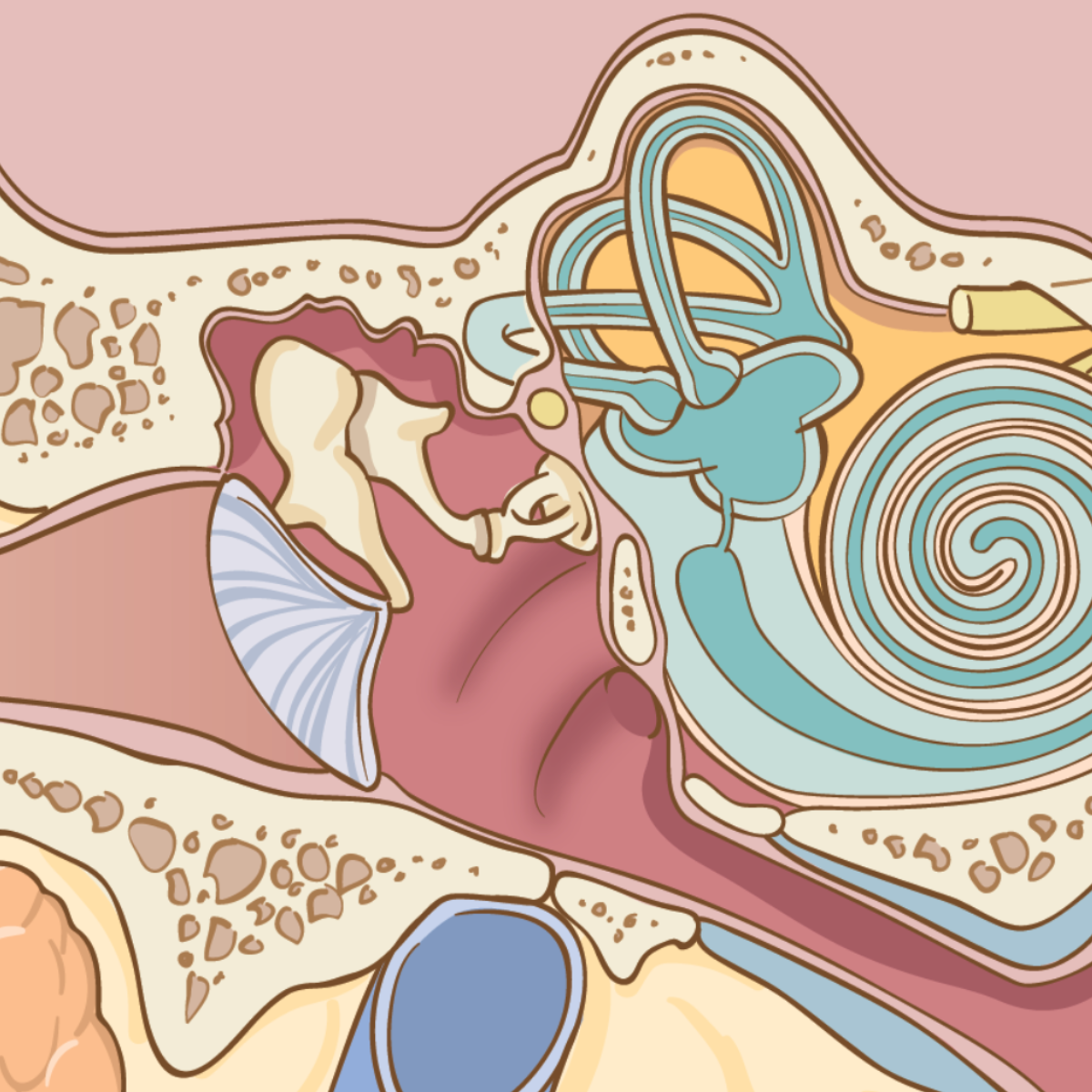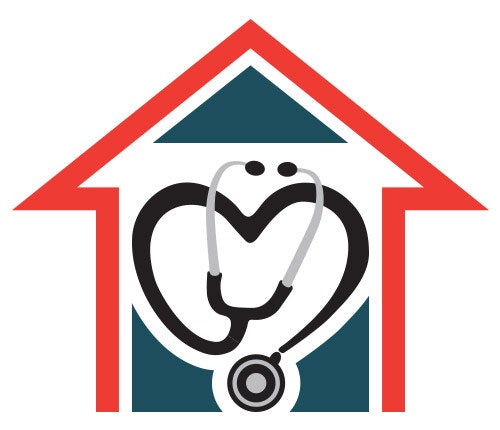Back to Courses









Life Sciences Courses - Page 26
Showing results 251-260 of 644

Healthcare Organizations and the Health System
Have you ever been in a healthcare waiting room and thought about how the organization could be more efficient? For example, have you found yourself thinking about how to reduce the amount of time spent waiting? Or do you work in a healthcare organization and find yourself thinking about how to improve the organization? If you have, this course is for you. Course content includes an overview of healthcare organizations, their administration and management, and their governance.
The course provides links to external sites to connect you to the larger "real world" of healthcare organizations. The links also serve as resources you can take with you after you complete the course experience. And because everyone loves a road trip/field trip, there are also "virtual field trips" to the often hidden places of interest on the web.
The course format is readings, videos, quizzes, and an electronic poster project. The poster project requires you to synthesize course material to design a healthcare organization and governance structure the way you would have things run in the best of all worlds. The electronic poster file is an artifact of the course which you can circulate to colleagues or use for a talk or presentation event.

Children Acquiring Literacy Naturally
In this short course you will explore the possibility that children might acquire written language in a way that is similar to how they acquire spoken language—without instruction. You will encounter various aspects of behavioral science and technology that are relevant to this proposition. You will have the opportunity to learn the the perceptual, cognitive, and neurological capacities of children during their first years of life. You will advance your understanding of children and how they learn language. You will also be more attuned to current advances in the technology of human machine interactions, and what these phenomena imply for learning to read at an early age.

Introduction to Hearing Loss
Welcome to Introduction to Hearing Loss
Disorders of the ear range from simple, easily treated entities (such as wax or cerumen impaction) to the highly complex (such as permanent hearing loss). Many of these disorders manifest with similar symptoms and may be difficult to differentiate without a basic understanding of the anatomy of the ear and auditory pathway.
This course, offered by the Department of Otolaryngology – Head and Neck Surgery at the Icahn School of Medicine at Mount Sinai and New York Eye and Ear Infirmary of Mount Sinai, presents the basic anatomy of the ear from the auricle or outer ear to the brain. The pathophysiology of each type of hearing loss is presented and common pathology in each of the three areas of the ear (outer, middle and inner) are reviewed. Participants will become familiar with the structural and cellular anatomy in each area, as well as the underlying pathophysiology for various disorders. They will also gain an understanding of available treatments for various ear conditions.
Week 1: Introduction
Week 2: Anatomy and pathophysiology of the auditory pathway (15 min. + quiz)
Week 3: Disorders and treatments of the outer ear (15 min. + quiz)
Week 4: Disorders and treatments of the middle ear (15 min. + quiz)
Week 5: Disorders and treatments of the inner ear (15 min. + quiz)
The primary objectives of this course are to:
• Recognize the functional and cellular anatomy of the auditory pathway
• Understand the types of hearing loss and common causes of each type
• Demonstrate familiarity with disorders of the outer, middle and inner ear
Those participating in this course have the option to complete the course at no cost or receive the Coursera Signature Track Certificate for $49.95.
Course Planners:
Lisa Chase
Ni-ka Ford
Jill Gregory
Gale Justin
Paul Lawrence
Erik Popil
Kelly Zerella
Amy Zhong
Taught By:
Maura Cosetti, MD
Assistant Professor
Otolaryngology - Head and Neck Surgery
Icahn School of Medicine at Mount Sinai
Director, Cochlear Implant Program
Ear Institute at New York Eye and Ear Infirmary of Mount Sinai
Mount Sinai Health System
Evaluating the Quality of Healthcare Delivery
In this course, you will have the opportunity to learn about the great progress that has been made in measuring and evaluating quality of care. We will discuss key concepts and methods. You will also learn about how to use websites for comparing the quality of healthcare providers. The course content is intended for a wide range of participants – for example, people who have a general interest in quality of care, consumers seeking information about how to choose a provider for themselves or family members, or leaders of business organizations who are responsible for employee health insurance benefits and network of providers.
By the end of this course, the learner should be able to:
1. Explain key developments regarding how quality of care is measured and evaluated in the US.
2. Articulate basic framework for evaluating quality of outcomes of care including types of and criteria for selecting quality measures for evaluating and comparing providers.
3. Discuss scientific issues and challenges for evaluating quality of care and methods for addressing these challenges.
4. Identify and apply resources and tools for comparing the quality of care of providers.
Deep learning in Electronic Health Records - CDSS 2
Overview of the main principles of Deep Learning along with common architectures. Formulate the problem for time-series classification and apply it to vital signals such as ECG. Applying this methods in Electronic Health Records is challenging due to the missing values and the heterogeneity in EHR, which include both continuous, ordinal and categorical variables. Subsequently, explore imputation techniques and different encoding strategies to address these issues. Apply these approaches to formulate clinical prediction benchmarks derived from information available in MIMIC-III database.

Social Determinants of Health: Methodological Opportunities
This fourth of five courses examines the methodological approaches and research tools that inform our understanding of best practices in working with science teams, communities, and with data. The topics of this course include:
1. Community-Based Participatory Research
2. Team Science
3. Community-Level Data
4. Informatics and the Social Determinants of Health: Knowledge Management
5. Data Applications: ANOVA Analysis and Line Graph Visualization

Fundamentals of Immunology: Innate Immunity and B-Cell Function
Course 1 of a three course specialization called Fundamentals of Immunology. Each course in the specialization presents material that builds on the previous course's material.
This is the first leg of a three-part journey through the defenses your body uses to keep you healthy. In this part we hope to give you the vocabulary and concepts you need to interact with the medical community and to provide them in a context that makes them memorable.
Fundamentals of Immunology introduces students to the basic functions of the adaptive and innate immune systems. The early lectures survey cells, tissues and organs using metaphors, cartoons and models to improve understanding and retention. After describing the form, function, origin and varieties of antibodies, subsequent lectures provide details on the mechanism of the generation of variation. The course provides animations of gene rearrangement and class switching and descriptions of affinity maturation correlated with detailed physical models of antibody structure. The final lecture reviews these concepts in anatomical context. Testing employs multiple choice questions testing facts, concepts, and application of principles. Questions may refer to diagrams, drawing and photographs used in lecture and reproduced in the outline.
What You’ll Learn:
The difference between adaptive and innate immune systems, the characteristics of various pathogens that they protect you from and the overall strategies employed in this protection. The detailed structure of antibodies and related immunoglobulin receptors, the characteristics and function of the different antibody classes and the mechanism for producing both the recognition regions and stem regions. Finally, how these structures are coded for in the DNA and expressed in the B cells.

Foundations for Assisting in Home Care
This course is intended as a self-study course for those interested in exploring a career as a Home Health Aide or Personal Care Aide.

Population Health: Alternative Payment Models
The way we currently pay our care providers lead to suboptimal outcomes and unnecessary spending. Consequently, we fail to maximize the value of our health care services. We need to change provider payment models in order to keep health care systems financial sustainability. Doing nothing is not an option. But the question is, how do we do it?
During this course, we will discuss the rationale for payment reforms and dive into the key design elements of Alternative Payment Models (APMs) and how they change care provider incentives. You will learn about a roadmap to design and implement APMs on your own. You will learn about behavioural economics and human behaviour which are essential to advance the design and implementation of APMs. After the course you can apply your sharpened skills to lead change in health care via innovative payment models in order to increase value of health care services.
This course is targeted at a variety of professionals in the healthcare sector in order to realise a common language. Are you a provider, board member, working at a public or private payer or researcher working in the health sector, this course is relevant for you!
This Course is part of the to-be-developed Leiden University master program Population Health Management. If you wish to find out more about this program see the last reading of this Course!

History of Medical Cannabis
This History of Medical Cannabis course is designed to have you think critically about past, present, and future research on the health effects of cannabis by developing a more nuanced understanding of the barriers to research as well as different approaches to research. You will learn about the history of cannabis cultivation, the legal history of cannabis or "marijuana", and the obstacles that led to the lack of science on its medicinal use. You will also learn how to critically evaluate research on the effects of cannabis and discuss the associated risks of using cannabis in the context of public health and epidemiological research. Finally, you will learn about how to administer cannabis products in ways that minimize risk and maximize any potential benefits. Obtaining this knowledge will be helpful in terms of informing public policy, public health, and personal decisions regarding the use of cannabis products.
Popular Internships and Jobs by Categories
Find Jobs & Internships
Browse
© 2024 BoostGrad | All rights reserved